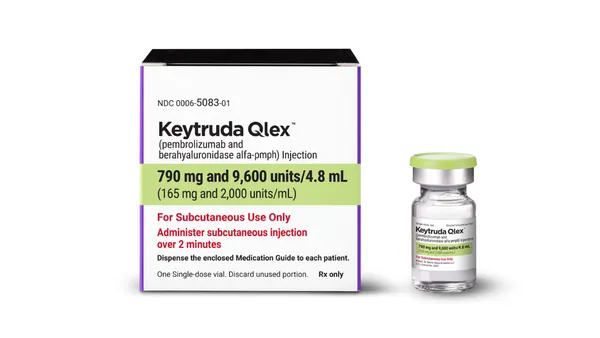What the salesforce of the future — or even next year — will look like is still anybody’s guess. What is more certain is that the relationship between physicians and the industry’s salesforces must be based on a solid value proposition. As major pharmaceutical companies continue to adjust their salesforce strategies — in some cases by reducing headcount, realigning territories, and creating speciality groups — to reframe the representative-physician relationship the overriding theme is to deliver meaningful information. These relationships are vital and must be carefully managed, which means that sales representatives must engage in meaningful training to gain the broader understanding of the industry, including the managed-markets arena, product reimbursement issues, Medicare Part D plan coverage, patient assistance programs, clinical-trial results, and so on. According to industry experts, sales representatives also need to know how to use this information strategically. They not only have to address the physician’s needs but those of other members of the office staff, such as the nurse practitioners, physician assistants, and so on. The goal is to impart pertinent and meaningful information to make their jobs easier and more productive. All of this information must be disseminated according to company standards, OIG guidelines, the PhRMA code, and FDA regulations. Compliance is of the utmost importance and companies spend a tremendous amount of time and money making sure their sales representatives as well as others are trained on the latest requirements and know how to communicate valuable information and answer physician objections according to approved company messaging. Developing buy-in or engagement from the salesforce can be critical to the success of the representative-physician relationship. According to research firm PeopleMetrics, the engagement levels of pharmaceutical sales representatives influence physician attitudes and behavior. They also found that there is a link between the engagement levels of sales representatives and physician loyalty, as evidenced by prescribing behaviors. Physicians detailed by “engaged” sales representatives wrote more prescriptions for the client’s entire product portfolio than physicians detailed by “disengaged” representatives, and physicians detailed by “engaged” sales representatives wrote fewer prescriptions for competitor products than physicians detailed by “disengaged” representatives. To meet the growing market challenges — reliance on more on scenario-based training, a sharpened focus on continuing education, and proving the value of medications — pharmaceutical training departments are reinventing themselves. In this month’s Forum, a distinguished panel of experts divulge the biggest challenges they face as training executives, best-in-class training techniques to improve the dialogue between the sales representative and the physician, ways to adjust the in-person sales details to meet the needs of different healthcare providers, and other hot topics. Taren Grom Editor Taren Grom We look forward to discussing the latest industry trends at the annual SPBT Conference in Florida. Please stop by Booth 1000 to say hello. A Value Proposition VIEW on Sales Training May 2007
An article from


Letter from the Editor
Filed Under:
Commercialization










